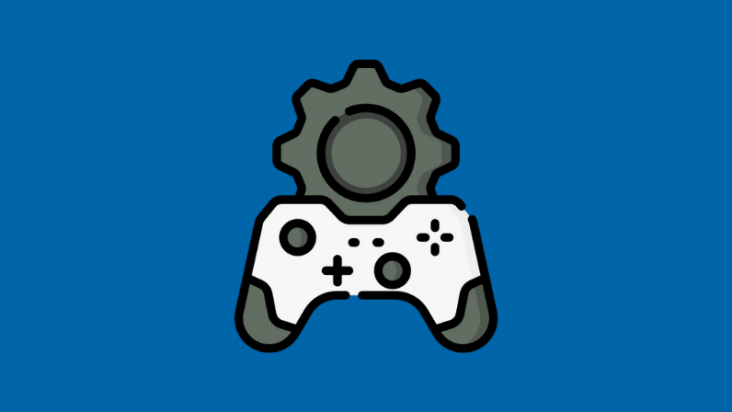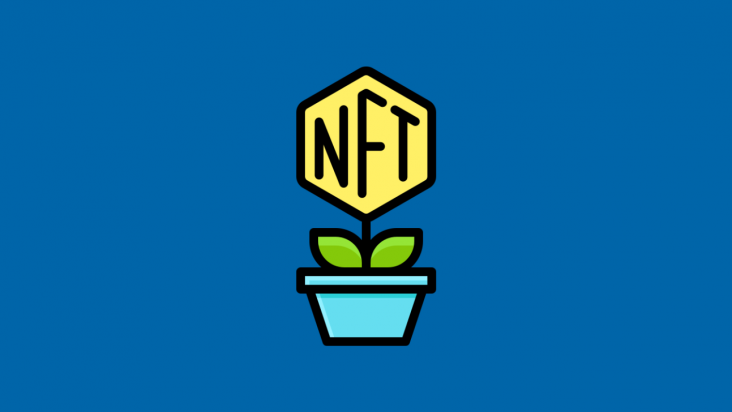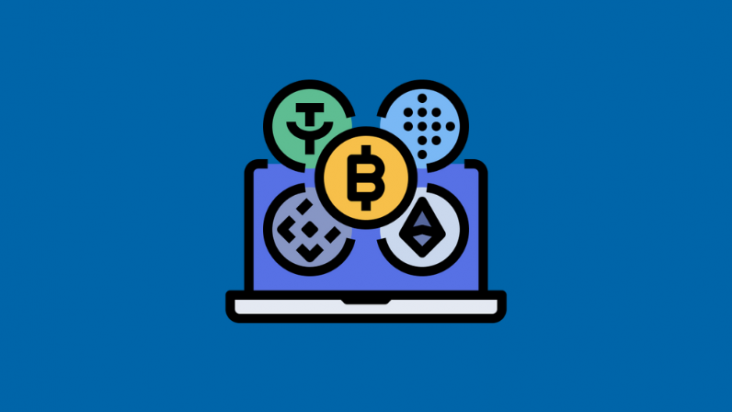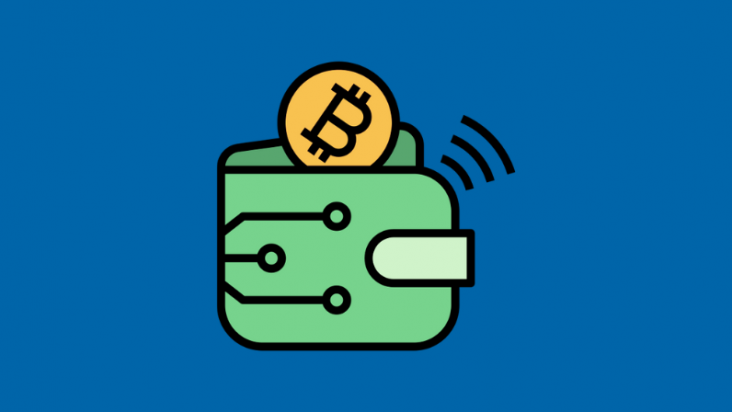

Loot boxes are an effective monetization tool that allows developers to generate revenue by selling the opportunity to open virtual boxes containing various in-game items. While loot boxes are undoubtedly a lucrative source of income, their impact extends far beyond mere financial gain. Unlike other monetization methods, loot boxes introduce an element of surprise and excitement, making the experience more engaging. In this context, loot boxes are actively used as a strategic tool for player retention and engagement, ensuring long-term interest in a game. They enable developers to diversify gameplay by expanding content without significant time and financial investment.
In previous articles on the history of loot boxes in game development and their psychological appeal, we explored the initial role of loot boxes in major projects and their impact on player behavior and preferences. Now, taking a deeper look into the subject, we can analyze how loot boxes have evolved as a monetization tool and what nuances are associated with their integration into overall game mechanics.
Evolution of Loot Box Monetization
As a monetization tool in the gaming industry, loot boxes have undergone changes and adaptations to various business models. The evolution of loot boxes demonstrates how developers, from indie studios to major AAA projects, integrate this mechanic to maximize revenue and increase player engagement.
- From Asian MMORPGs to a Global Phenomenon
Loot boxes first gained widespread popularity in Asian MMORPGs, where they were used not only as a monetization tool but also as a way to regulate in-game economies. Developers created rare items obtainable only through random rewards, maintaining their value and encouraging players to spend money. This approach proved so profitable that Western studios eventually adopted it.
For example, in Overwatch (2016), loot boxes containing cosmetic items generated substantial revenue for Blizzard while keeping the game balanced and engaging through regular content updates.
- Loot Boxes as a Key Element of Free-to-Play Economies
Randomized rewards have become a crucial mechanism in free-to-play games, providing both revenue and player retention. Regularly updated skin collections, seasonal events, and exclusive items create artificial scarcity, prompting players to log in frequently. Rare items gain social value—players showcase them and discuss them, naturally promoting the game.
In Genshin Impact, the gacha system not only generates significant revenue but also encourages active player participation, maintaining the game’s economic stability.
- Loot Boxes in AAA Games: Balancing Profit and Economy
Major studios have integrated loot boxes even into premium titles, creating entire in-game marketplaces. In CS2, the case-opening system generates millions for Valve while sustaining the game’s economy. Players can sell and trade items, forming a fully-fledged ecosystem where valuable skins become investment assets. This model keeps the community engaged while ensuring long-term financial success.
Why Developers Choose Loot Box Monetization
- Predictable Revenue
Loot boxes provide game studios with a steady income stream through recurring player purchases. Unlike one-time DLC sales or premium editions, this model allows revenue generation throughout a game’s lifecycle. For instance, FIFA Ultimate Team players spend millions on card packs, making this mode EA Sports‘ primary revenue source.
- Flexible Implementation
Loot boxes can serve as either a primary or secondary monetization tool. In free-to-play games, they are often the main revenue driver, while in AAA titles, they supplement premium sales. In Call of Duty: Warzone, loot boxes containing cosmetic items do not affect gameplay balance but still generate substantial revenue for Activision. Developers can also manipulate rarity drop rates to create artificial demand.
- Increased Player Engagement
The excitement of unpredictability makes loot box mechanics particularly appealing. Players willingly spend money for a chance to obtain rare items, increasing their overall time spent in the game. In Genshin Impact, gacha mechanics encourage users to participate in events and save resources for new characters, strengthening their connection to the game.
- Cost Optimization
Developing new loot boxes requires fewer resources compared to producing large-scale expansions. Instead of investing in expensive DLC, studios can regularly update loot box content, maintaining player interest. In CS2, new skin cases are released consistently, providing Valve with a sustainable revenue stream without major content updates.
- Cross-Platform Compatibility
Loot boxes work effectively across mobile, PC, and console platforms, allowing developers to reach a broader audience. In Apex Legends, the loot box system is integrated into the battle pass, and skins are available across mobile and console versions, maximizing monetization potential.
The Role of Loot Boxes in a Game’s Financial Model
Loot boxes have become an integral part of many games’ financial models, providing studios with long-term revenue while sustaining in-game economies. Developers employ various integration strategies, adapting this mechanic to suit project goals, audience expectations, and business strategies.
1. Integrated Monetization: Loot Boxes as a Primary Revenue Source
In free-to-play games, loot boxes are often the primary monetization element. Their presence allows developers to offer the game for free while earning revenue through randomized rewards. This approach is highly effective in mobile and online games, where players frequently return to participate in events and unlock new item collections.
2. Hybrid Model: Loot Boxes as a Supplementary Monetization Tool
In premium games sold at a fixed price, loot boxes often serve as an additional revenue stream. They do not replace traditional monetization but help studios generate post-launch income, extending a game’s lifespan.For example, in Overwatch 1, players could purchase loot boxes containing cosmetic items that did not impact game balance but encouraged in-game spending.
3. Loot Boxes as Part of a Market Economy
Some games have taken loot boxes further by incorporating fully functional in-game markets where players can trade, buy, and sell rare skins. This adds an extra incentive for spending, as valuable items can appreciate over time.
Conclusion
Loot boxes have evolved beyond a simple monetization tool to become a fundamental aspect of the gaming industry, shaping both developer revenue streams and in-game economies. Their popularity stems from their ability to generate consistent income while keeping players engaged and motivated to return.
The success of loot boxes depends on balancing commercial interests with player experience. Companies that integrate them effectively not only achieve significant financial success but also build long-term communities around their games. It is essential to recognize that loot boxes are not just a profitable mechanism for developers but also an intrinsic part of game design, enhancing engagement and fostering dynamic in-game ecosystems.








